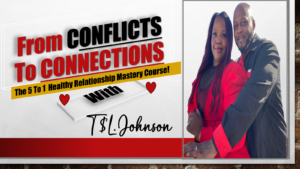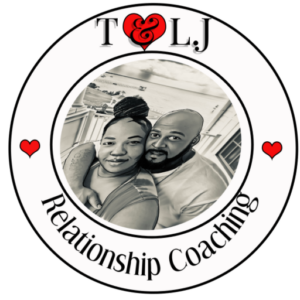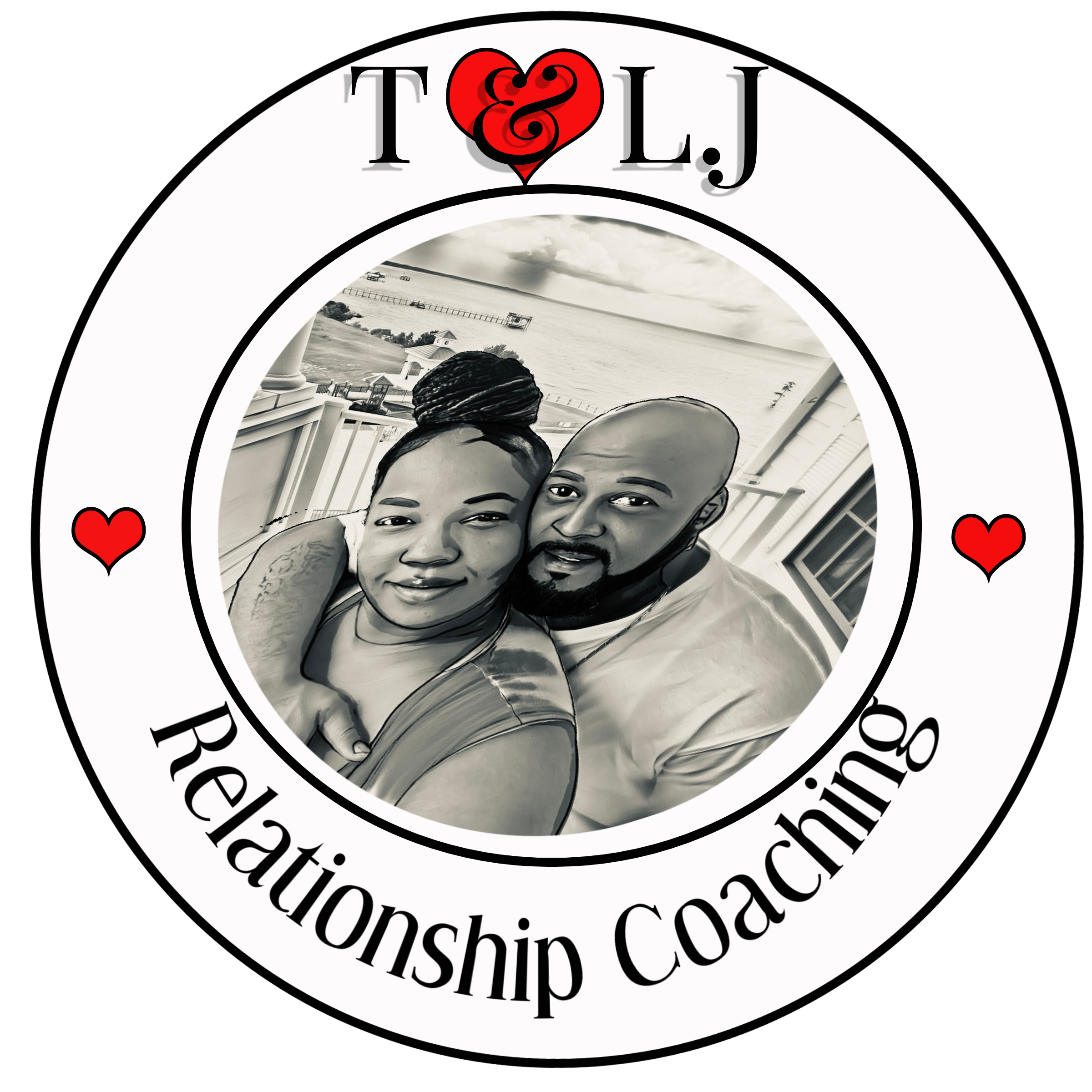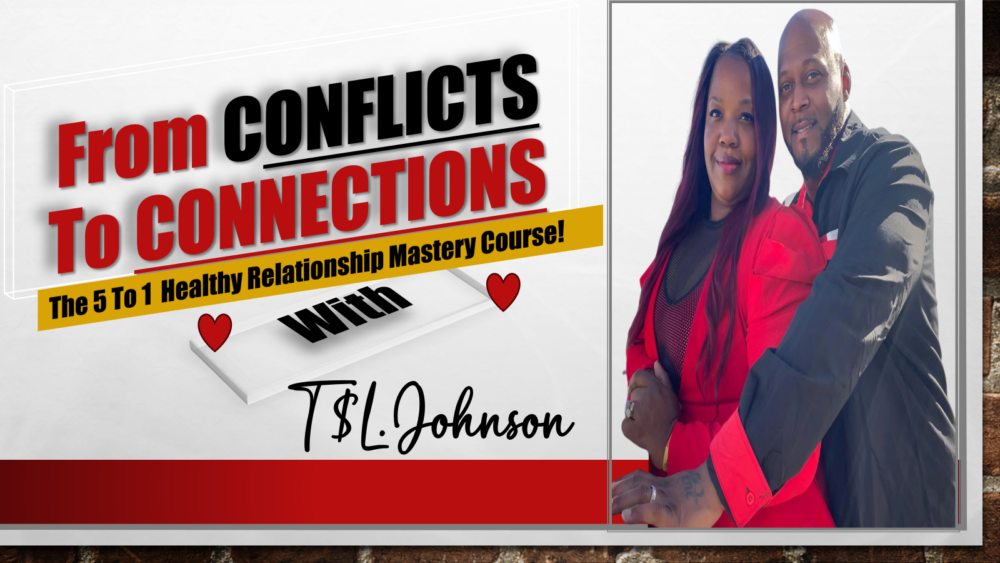Understanding the Root of Disagreements
Exploring Emotional Triggers
When I think back to some of the disagreements I’ve had, it’s always enlightening to realize there were emotional triggers lurking underneath. You know that feeling—when something someone says just pushes your buttons? Understanding those triggers can be a game-changer in managing conflicts. I’ve experienced this firsthand, especially when discussions hit close to home. What I’ve learned here is that we often respond out of defense or past experiences rather than the conversation at hand.
In a recent heated discussion with a friend, I caught myself reacting far more strongly than warranted. Reflecting afterward, I understood that my reaction was rooted in feelings of inadequacy I had about a similar situation. By identifying and acknowledging these emotions, I could approach the disagreement with a calmer mindset. The trick is to recognize when those feelings surface before they dictate our responses.
So, taking a moment to breathe and center myself before responding can really help me stay grounded. When I sense those triggers, I’m learning to ask, “Why does this bother me?” instead of firing back. Ultimately, gaining insight about what drives my emotions makes our discussions less of a battlefield.
The Importance of Active Listening
Cultivating a Listening Mindset
Active listening is one of those buzzwords that gets tossed around a lot, but trust me, it’s a skill that pays off big time. I mean, have you ever felt like someone interrupted you before you could finish your thought? Frustrating, right? By focusing on truly listening rather than waiting for my turn to talk, I’ve found that conversations flow much more smoothly.
When I consciously work on listening, I give the other person the space to express their thoughts fully. This doesn’t just foster better understanding; it also opens the door for them to hear me out equally. I’ve found that people respond positively when they feel valued in a conversation, and it’s incredible how much more constructive our disagreements become.
What I do is practice summarizing what the other person said before I dive in with my own opinion. It shows I’m engaged and respectful of their perspective, which often leads to a more peaceful resolution rather than a showdown of wills.
Embracing Empathy in Conflicts
Walking in Their Shoes
Empathy might sound cliché, but it’s really a powerful tool in navigating disagreements. I’ve had my fair share of moments where I was too stuck in my own viewpoint to even consider how the other person felt. However, integrating empathy has changed my approach completely. It allows me to step back and reflect on their experiences, which brings new dimensions to our discussions.
For instance, during a disagreement with a colleague about project directions, I realized how my initial reactions lacked empathy. By trying to understand their pressure and viewpoint, I could acknowledge their frustrations, which opened up the dialogue and started to diffuse the tension. This simple switch to empathy can shift the focus from “me vs. you” to “us working towards a solution together.”
Practicing empathy doesn’t mean I always have to agree. But it creates a fertile ground for compromise and collaboration. It’s about acknowledging their feelings and finding common ground, and I believe that’s where real peace lies.
Finding Common Ground
Identifying Shared Values
One of the most enlightening parts of discussions I’ve had is discovering what we actually agree on. It’s pretty eye-opening! Often, disagreements arise from a difference in opinion, but beneath those opinions are shared values. Whenever I find myself in a heated discussion, a technique I employ is steering the conversation towards finding what’s shared between us.

For instance, I once had a fierce debate about the best marketing strategy with a friend. Instead of getting tangled in our conflicting opinions, I pivoted to talk about our shared goal: success for our project. Identifying that focal point enabled us to brainstorm solutions rather than just argue our stances. That realization boosted team spirit and motivated us to work towards a common objective.
It’s amazing how when I focus on shared values, the conflict shifts from a battleground to a collaboration zone. Finding common ground showcases that we’re on the same team, even when we don’t see eye to eye. This practice infuses our conversations with positivity and builds a framework of mutual respect.
Choosing Constructive Communication Styles
Words Matter
Let’s face it, the way we say things is just as critical as what we say. Choosing the right words can make all the difference in steering conversations away from hostility and towards understanding. I’ve learned that expressing myself with care and thoughtfulness opens up paths for truly constructive dialogue.
Instead of using phrases charged with blame, I focus on ‘I’ statements to share my perspective. For example, instead of saying “You always ignore my suggestions,” I’ll frame it as, “I feel disappointed when my ideas aren’t considered.” This shift makes it way less confrontational and allows the other person to respond more openly, fostering a dialogue rather than an argument.
Communicating constructively encourages mutual respect. I’ve found it invaluable to pause and think before replying, crafting my message in a way that promotes collaboration rather than antagonism. A thoughtful expression can often diffuse the heat of a disagreement and encourage exploration of differing viewpoints.
FAQs
What are the primary reasons for disagreements?
Disagreements often stem from emotional triggers, differing values, and miscommunication. Understanding the root causes can help address the underlying issues.
How can I practice active listening effectively?
Active listening involves fully engaging with the speaker by maintaining eye contact, nodding, and summarizing what you’ve heard. It helps in validating the other person’s perspective.
Why is empathy important in resolving conflicts?
Empathy helps you understand where the other person is coming from. By acknowledging their feelings, you can create a more constructive dialogue and find common ground.
How can I find common ground during a disagreement?
Focus on shared interests or goals. By identifying what you both want to achieve, you can shift from opposing viewpoints to collaborative problem-solving.
What constitutes constructive communication?
Constructive communication involves using ‘I’ statements, avoiding blame, and remaining calm. The goal is to express your thoughts in a respectful manner that encourages discussion rather than confrontation.

Schedule Your First 20-Minute Coaching
Call With Us Today to see if we fit . You pick the price!
Click Here






